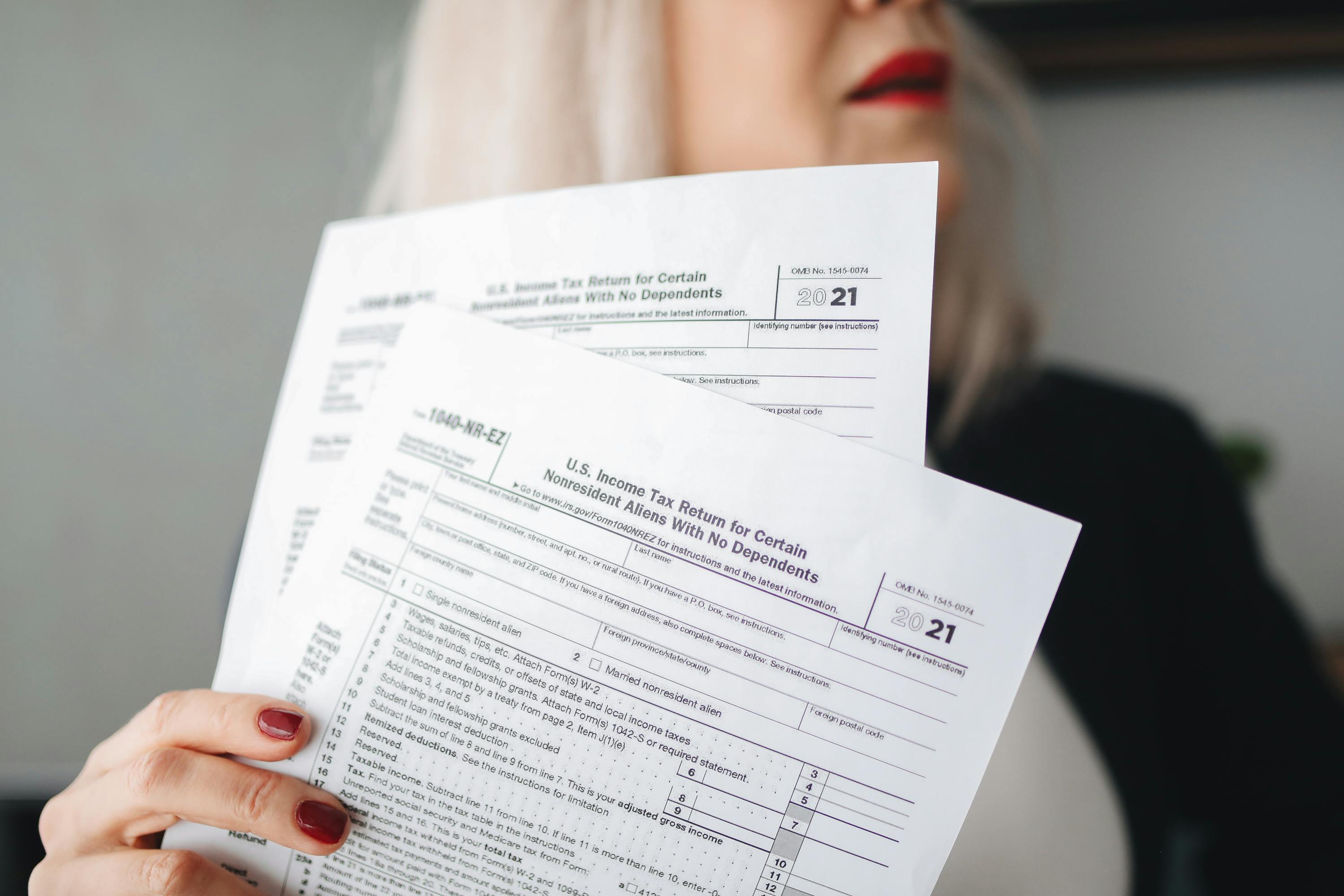When someone passes away, handling their property is one of the most urgent and emotionally complex tasks survivors face. Whether you're managing a home, land, or other titled assets, one question comes up quickly: How long do you have to transfer property after death? The answer depends on many factors including whether there’s a will, if the property was in a trust, and how local laws treat transfer of property after death. If you have authority to act, this guide walks you through timelines, transfer options, necessary documents, and how to avoid costly delays.
{{blog-cta-checklist-small}}
What Does Property Transfer After Death Actually Mean?
The after-death transfer of property refers to the legal process of changing ownership of a deceased person’s assets—such as homes, vehicles, land, or business property—to their beneficiaries.
There are two types of property:
- Probate assets: These must go through a court-supervised process called probate. Examples include real estate solely in the deceased’s name.
- Non-probate assets: These bypass probate and go directly to named beneficiaries. Examples include properties held in a trust, those with joint ownership, or a transfer-on-death deed.
The person responsible for managing this process could be:
- An executor, named in the will
- An administrator, appointed by the court if there’s no will
- A successor trustee, for properties held in a trust
How Long Do You Have to Transfer Property?
The timeline varies based on the legal mechanism used:
- Trusts: 1–2 months
Trust-held assets can be transferred relatively quickly, as they avoid probate. - Probate: 6–24 months
Probate is a court process and can be time-consuming due to legal filings, creditor notices, and possible disputes. - Small estate affidavits: 2–4 months
For smaller estates, some states offer a simplified process using an affidavit.
Delays can lead to serious consequences:
- Accrued property taxes
- Legal disputes among beneficiaries
- Difficulty selling or refinancing property
- Title issues that prevent legal ownership
Whether or not there’s a will or transfer-on-death deed also affects the timeline. With clear documentation, the process is typically faster and smoother.
Options for Transferring Property
There are several methods to transfer property depending on how the assets were owned:
- Probate: This court-supervised process is often required if the deceased owned property in their name alone and didn’t leave a trust or TOD deed. Probate can be lengthy and public.
- Living trusts: These are private, avoid probate, and allow for faster distribution of property. A trustee can often transfer property within weeks of death.
- Transfer-on-death deeds (TOD deeds): Available in many states, these allow real estate to pass directly to a named beneficiary without probate. They must be properly recorded before death.
- Joint ownership with right of survivorship: Property automatically transfers to the surviving co-owner.
- Transfer of property after death without a will: If no will exists, state intestacy laws apply. This process can be more complicated and may require court involvement to determine beneficiaries.
What Documents Are Needed to Transfer Property After Death?
Whether you’re transferring real estate or other titled assets, you’ll need several key documents:
- Certified death certificate
- Will, living trust, or transfer-on-death deed
- Letters Testamentary or Letters of Administration from probate court
- Property deed or vehicle title
- Affidavit of heirship or small estate affidavit (in some states)
- Tax clearance certificate, if required by state law
Having these ready helps prevent delays in processing the property transfer after death.
What Causes Delays in Property Transfer?
Several issues can stall or complicate the transfer of property after death:
- Family disputes over inheritance or unclear intentions
- Missing or outdated documents, such as old deeds that don't reflect current ownership
- No access to the will or legal authority to act on behalf of the estate
- Outstanding debts, including unpaid property taxes or mortgages
- Property transfer after death without a will, which often triggers more legal scrutiny and steps
Avoiding or resolving these issues early can keep the process on track.
How to Start the Property Transfer Process
If you’re unsure where to start, follow this step-by-step guide:
- Obtain certified copies of the death certificate
- Locate the will, trust documents, or TOD deed
- File with probate court, or begin trust administration
- Gather required documents (titles, deeds, affidavits, tax forms)
- Transfer ownership officially, typically through recording with the county or DMV
Elayne can help simplify this entire process. Our automated estate settlement platform includes:
- A step-by-step property transfer checklist
- Tools to manage documents and track legal steps
{{blog-cta-checklist-large}}
FAQs
1. What is the best way to transfer property after death?
It depends. A transfer-on-death deed is simple if already in place. Otherwise, a trust avoids probate. Probate is often necessary when no other method applies.
2. How long can a house stay in a deceased person’s name?
Generally, a house should be transferred within a few months to avoid legal and tax complications. During probate, it can remain in the deceased’s name for over a year.
3. Can property be transferred without going through probate?
Yes. Living trusts, joint ownership, and TOD deeds allow for probate-free transfer.
4. What happens if no one transfers the property after death?
The property may fall into disrepair, incur taxes, or even be foreclosed. Eventually, the state could claim it through escheat laws.
5. Do I need a lawyer to transfer property after someone dies?
Not always, but legal help is advisable. Especially if property is being transferred without a will or if there are disputes among family members.
Understanding how and when to transfer property after a loved one dies is crucial to avoiding costly delays and confusion. Whether you're navigating property transfer after death, using a transfer-on-death deed, or managing an estate without a will, knowing your legal path brings peace of mind. Don’t wait—start the process today to protect your family and honor your loved one’s legacy.
*Disclaimer: This article is for informational purposes only and does not provide legal, medical, financial, or tax advice. Please consult with a licensed professional to address your specific situation.


















































